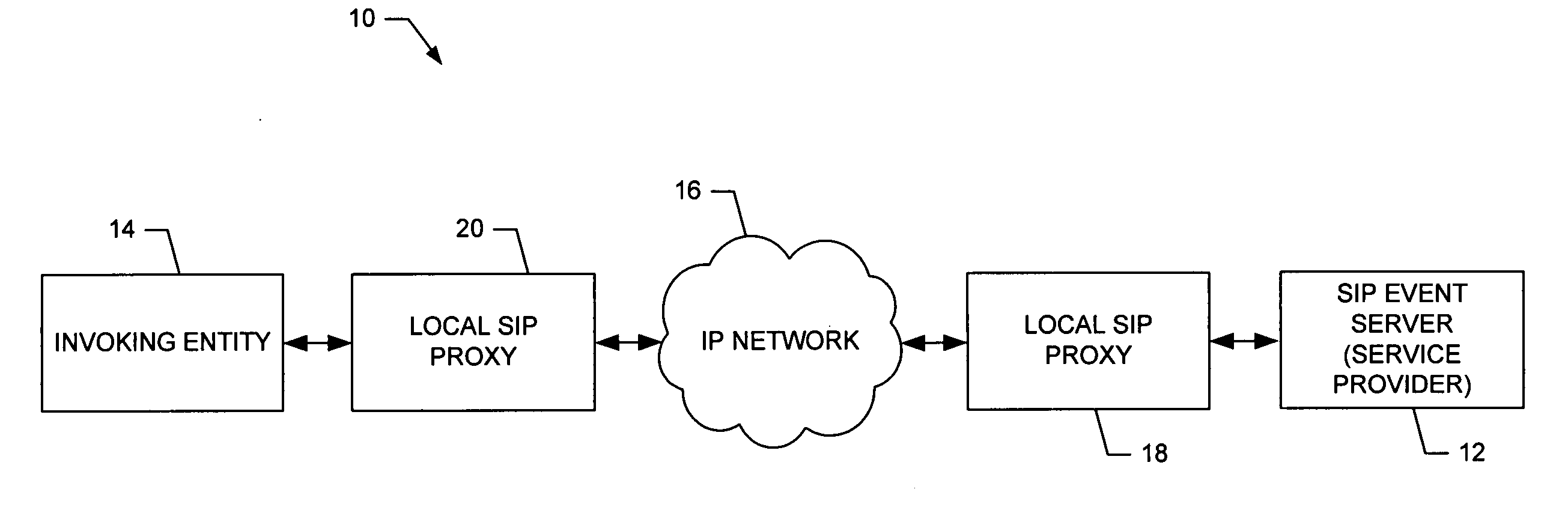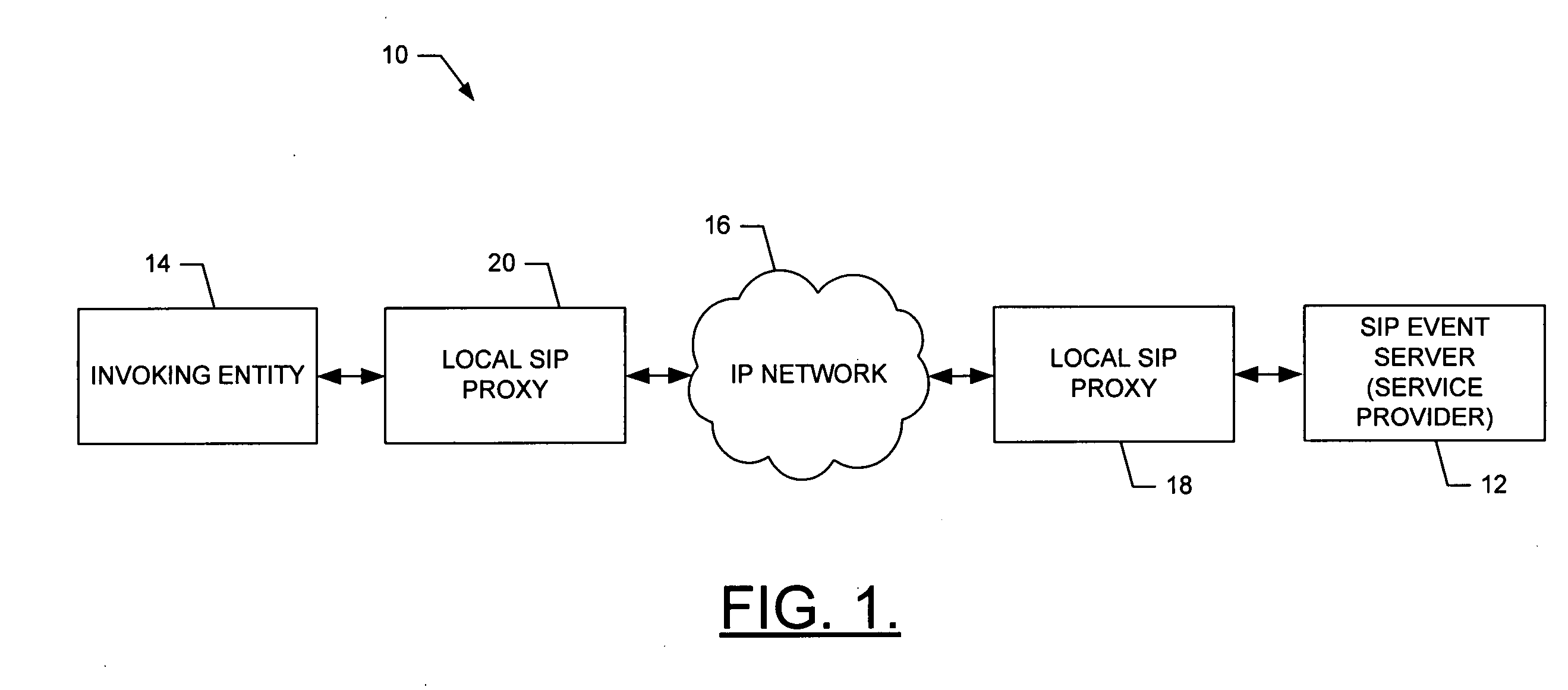Systems and methods for providing asynchronous request-response services
a technology of asynchronous request and response, applied in the field of telecommunications networks, can solve the problems of failure of connection requests from a server providing the desired service, and current cellular data networks that do not enable devices to address and reach a mobile station
- Summary
- Abstract
- Description
- Claims
- Application Information
AI Technical Summary
Benefits of technology
Problems solved by technology
Method used
Image
Examples
Embodiment Construction
[0017] The present invention now will be described more fully hereinafter with reference to the accompanying drawings, in which preferred embodiments of the invention are shown. This invention may, however, be embodied in many different forms and should not be construed as limited to the embodiments set forth herein; rather, these embodiments are provided so that this disclosure will be thorough and complete, and will fully convey the scope of the invention to those skilled in the art. Like numbers refer to like elements throughout.
[0018] Referring now to FIG. 1, a general system 10 is shown that supports service invocation in one or more networks, in accordance with embodiments of the present invention. The system generally includes one or more SIP (Session Initiation Protocol) SIP event servers 12, an invoking entity 14, and an IP communications network 16 through which the SIP event server(s) and the invoking entity communicate. As will be appreciated, the network entities in th...
PUM
 Login to View More
Login to View More Abstract
Description
Claims
Application Information
 Login to View More
Login to View More - R&D
- Intellectual Property
- Life Sciences
- Materials
- Tech Scout
- Unparalleled Data Quality
- Higher Quality Content
- 60% Fewer Hallucinations
Browse by: Latest US Patents, China's latest patents, Technical Efficacy Thesaurus, Application Domain, Technology Topic, Popular Technical Reports.
© 2025 PatSnap. All rights reserved.Legal|Privacy policy|Modern Slavery Act Transparency Statement|Sitemap|About US| Contact US: help@patsnap.com



